Roots of DeFi: Artificial intelligence, big data, cloud computing and distributed ledger technology
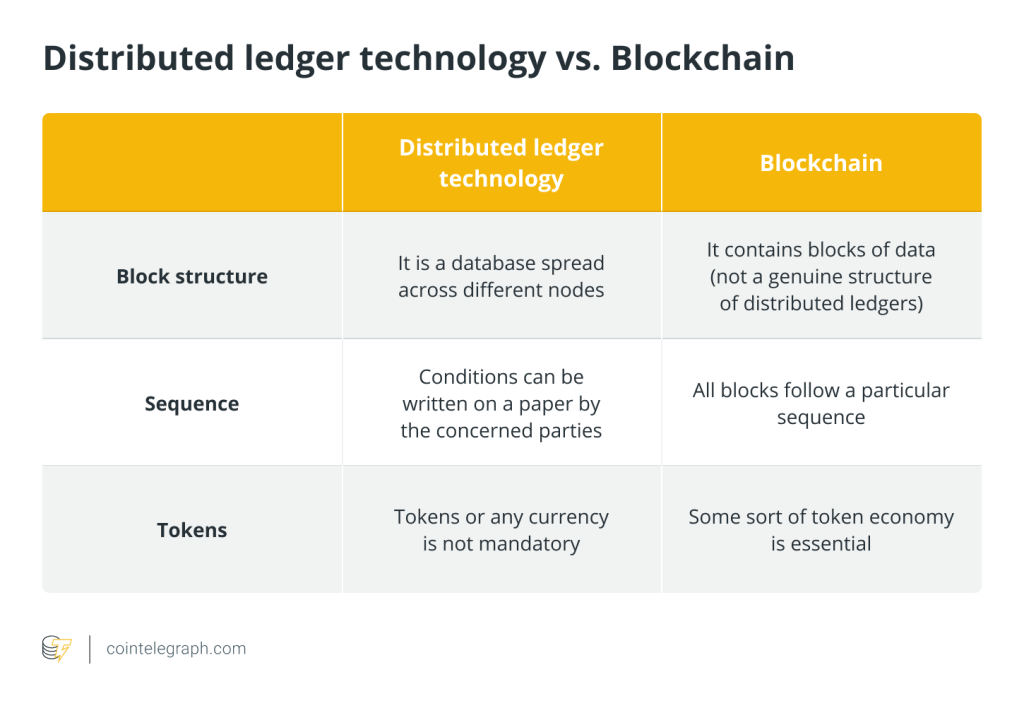

DeFi explained
Decentralized Finance (DeFi) is a phrase that is neither legal nor technical. Nonetheless, it is increasingly employed in talks concerning the future of finance and its regulation. Decentralization; distributed ledger technology (DLT) and blockchain; smart contracts, disintermediation; and open banking are examples of the common usage of DeFi.
While DLT and blockchain are used to underpin token-based ecosystems in decentralized systems like Bitcoin (BTC), they are not the only way to achieve decentralization. Furthermore, many distributed ledgers have a hierarchical, centralized governance model that restricts only those with authority. Decentralized, on the other hand, does not always imply scattered.
Disintermediation, too, is not a precondition for decentralization; rather, it may be a (side) result, given that the costs of centralized infrastructure will be difficult to recuperate in a world where services can be delivered on a distributed or decentralized basis.
This article will discuss the four roots of DeFi including artificial intelligence (AI), big data, cloud and DLT.
DeFi intelligence
Moore's law, Kryder's law and another pattern for which no label has yet been given are key technological growth patterns for the DeFi space. Moore's law states that the amount of data processing capacity grows at an exponential rate. The same holds for data storage capacity, according to Kryder's law.
The combination of ever-increasing processing power and data storage capacity results in ever-lower costs for both. The third reason that enables DeFi is the rapid expansion of communications capacity combined with lower prices. Increased network efficiency, which results in more bandwidth per dollar invested, supports the underlying assumption of bandwidth increase at lower costs.
Hardware virtualization is enabled by these three evolutionary patterns: software is hosted, updated and run on decentralized servers rather than on each workstation. Only data that has to be handled locally (in the case of an instant online connection and plenty of bandwidth) is likely to be processed locally.
Hardware virtualization enables the construction and implementation of service-oriented architecture (also known as “software as a service”), which is at the core of DeFi. Interestingly, Moore's law, Kryder's law and bandwidth expansion at falling costs all apply simultaneously, which imply that machine learning (ML) and other types of artificial intelligence (AI) will continue to advance.
ABCD: The roots of DeFi
At the heart of DeFi are four technologies best characterized by the abbreviation “ABCD,” which stands for Artificial Intelligence, Big Data, Cloud and DLT (including blockchain and smart contracts). Although many people will be familiar with these notions, we'll give a quick overview of the underlying technologies to help you understand the policy implications of DeFi.

Artificial intelligence
AI is based on the idea of creating software that replicates human cognitive capabilities like “learning” and “problem-solving.” The greater the volume of data, the more insightful and accurate the inferences derived from the data. Similarly, the greater the volume of data, the more insightful and precise the inferences drawn from the data.
Machine learning is a subset of AI that employs statistical, data-based methods to gradually improve the performance of computers on a particular activity without requiring humans to reprogram the system. In reality, learning is accomplished by considerable “practice” and repeated feedback rounds in which the machine is informed whether it has succeeded or failed at a job. In this context, artificial intelligence for blockchains involves a digital ledger that intelligent digital agents govern.
The vast amount of public data generated around financial transactions is one of DeFi's primary advantages. This massive amount of financial data can train and develop artificial intelligence models like arbitrage bots, which try to maximize profits on expected asset price movements.
Current AI applications in DeFi technologies are just scratching the surface, especially as the amount of data accessible grows and the sorts of DeFi services proliferate.
Fetch.ai is an example of AI in DeFi. A Cambridge-based machine learning lab, Fetch.ai is developing a decentralized artificial intelligence platform based on a distributed ledger that allows for secure worldwide data sharing, connection and transactions.
Intellectual property (IP) security is critical to the success of any financial technology (fintech) company, including the rapidly growing industry of DeFi. While there are a variety of techniques to safeguard AI developments, one popular strategy is to keep the underlying data used to train AI models a trade secret. For many firms, the data used to train AI models is one of their most important pieces of IP.
When the underlying data is publicly available and has most certainly already been used by competitors to train their own AI models, businesses must rely on additional methods to protect their intellectual property. For example, techniques for obtaining or pre-processing blockchain data before AI training, for example, could be protected as trade secrets or patents.
Big data
Data is at the heart of all of DeFi innovation, which is the outcome of the digitalization of an ever-widening variety of processes: the concept of the “digitization of everything,” which underpins fourth industrial revolution theories.
Traditional data analytics and big data techniques are both supported by the growing volume of data. The collection and analysis of data sets that are too massive or complicated for typical data processing programs are referred to as big data analytics.
Big Data applications analyze large amounts of data and use modern data analytics methods to find unexpected correlations, test expected correlations for causality, or calculate the likelihood of a predetermined pattern. Therefore, DeFi data analysis refers to the act of identifying, interpreting and communicating relevant patterns in DeFi protocol data, as well as the process of using such patterns to make better decisions.
Big Data Protocol is a commercial data and service exchange platform. It gathers commercial data from professional data suppliers, tokenizes it and makes it liquid on Uniswap using the DeFi protocol and the Web 3.0 marketplace. By offering liquidity to data tokens, users can earn data.
Cloud computing
Decentralization of server capacity is referred to as decentralized cloud computing. Rather than employing a single server at a single server center, datasets can be distributed among many server centers that are more or less simultaneously accessible via the internet by a large number of users situated all over the world.
Cloud computing refers to the provision of data storage and processing capacity on-demand without the need for users to own or operate the servers that provide these services. Cloud computing is based on commercial data centers that rent capacity to consumers who access it via the internet.
Cloud service providers typically link server centers across different time zones, countries and economic regions to provide cloud stability in the face of volatile demand and energy supply, diversify against demand peaks, and ensure economic operations where energy costs fluctuate throughout the day. They also channel excess demand to servers where data processing capacity is cheaper due to lower demand and energy costs.
Unsurprisingly, the growing use of cloud-based computer infrastructure has prompted the creation of feasible solutions to address existing problems. The option to use a decentralized or peer-to-peer paradigm appears to be popular among the solutions presented as alternatives to typical cloud computing services.
Such solutions are built on nodal blockchain-based networks of cloud service providers that share and secure cloud computing resources autonomously. In essence, cryptography helps protect the network's security in DeFi and cloud services.
Distributed ledger technology (including blockchain and smart contracts)
If you are wondering what is distributed ledger technology in blockchain, keep reading to find out.
A distributed ledger is a shared and synchronized database by consensus over networks that span several sites, institutions or continents, allowing a transaction to have multiple private or public witnesses. Data sharing results in a database that is distributed across a network of servers and functions as a ledger.
Distributed ledgers are characterized by an absence of, or minor, central management and no centralized data storage. They are thus “distributed,” in the sense that numerous participants' software-driven interactions result in the authorization to record a specific piece of information.
When combined with cryptographic solutions, such features (decentralization and distribution across a network of computers) reduce the risk of data manipulation, eliminating the need to rely on third parties, particularly data storage service providers, because this is where the data is stored and most easily manipulated.
The easiest way to understand distributed ledgers is to look at their opponent, the concentrated ledger. Assume that all relevant data is contained in a centralized register maintained by a single entity. Contrary to current practice, the centralized record is not secured and thus semi-distributed through a plethora of back-ups kept on multiple servers.
There are several risks associated with a centralized setup. First, if the hardware on which the register is “placed” is destroyed, the information content and the authority to verify its accuracy are lost. Second, dishonest database administrator workers or unfaithful administrators may tamper with the register's information content. Third, a cyber-attack can lead to data loss and modification.
These issues are addressed by distributed ledgers, which raise the barrier to manipulation. Many data storage points (nodes) must agree on the underlying technology. For example, if there are n nodes (rather than one focused ledger) and e describe the work required to break into any single server, the effort needed to manipulate all the linked servers will be n*e rather than 1*e if all other circumstances are equal (server safety, etc.).
A blockchain protocol is frequently used in conjunction with distributed ledgers. The storage of data in data bundles (called blocks) in a strict time-related series, with each block linked to the previous and following blocks through a timestamp, as well as several protocols providing evidence of a user's authorization to alter the data stored, is what blockchain is all about.
Because a successful cyberattack would have to concurrently corrupt not just one set of data but all subsequent data sets (i.e., the entire blockchain) as well as the timestamps, the blockchain makes data corruption even more difficult.

Smart contracts, a new concept that aims to address the problem of trust in human interactions while also increasing efficiency, have found fertile ground on distributed ledgers. They are self-executing software protocols that represent some of the terms of a two-party agreement. They are neither smart nor contracts in the legal sense.
The terms of the contract are encoded directly into lines of code. Smart contracts allow transactions between dissimilar, anonymous parties to be carried out without the requirement for an external enforcement mechanism (such as an arbitrator, a court or a central clearing facility).
As a result, transactions are transparent, traceable and irreversible. Smart contract-driven processes can take place on blockchain-secured distributed ledgers and be recorded there. This particular combination is at the heart of the majority of DeFi discussions.
The interrelationships between ABCD and DeFi
These four fast-emerging technologies are often crucial to the decentralization of finance since they are used to achieve it. For example, many decentralized financial functions make use of (i) AI's powerful efficiencies and cost-savings; (ii) smart contracts embedded on distributed ledgers secured via blockchain's superior record-keeping and efficiencies; (iii) cloud systems to host nearly all decentralized financial processes; and (iv) algorithmic data analysis's potentially decisive power.
Each of these four technologies are less expensive, more convenient and efficient to use, allowing collaboration among the numerous participants that supply financial services in a decentralized manner.
Building an entirely new financial system: The DeFi ecosystem and its architecture
The true benefits of DeFi come from the clever integration of modularized financial primitives, including stablecoin, borrowing/lending and exchange. The blockchain (also known as layer zero) offers the trust and security level in DeFi. Above layer zero is layer one, which is where the DeFi ecosystem's essential financial operations, such as a decentralized stablecoin for payments, are developed.
The following level (layer two) gives users access to significantly more advanced features such as lending/borrowing and asset trading. Layer three and more advanced financial services built into decentralized applications (DApps) follow (e.g., decentralized exchanges or DEXs).
Finally, on aggregation layer four, user-friendly DApps integrate many features to create a service comparable to what we now have in banking apps: storing and transmitting money, investing in assets, borrowing against these assets (leverage trading) and so on.
DeFi projects have shown to be profitable ventures in the past. The development teams of many of these projects keep a large amount of the token supply or the electronic shares used to regulate and protect the mainnet's operation.
This not only allows the team to profit from price speculation, but it also allows the company to be a party to the protocol's correct operation, giving it benefits for effectively securing the network's proper functioning.
How is DeFi's vision different from Wall Street?
DeFi aspires to create a bottom-up, completely decentralized, censorship-free, low-fee, fully automated and counterparty-free alternative banking system. DeFi, like Ethereum (ETH) and Bitcoin (BTC), is permissionless in the sense that anyone, regardless of social status or country of origin, can contribute code and use these open-source protocols.
This is in stark contrast to the traditional banking system, where these two variables frequently define and, in some cases, limit one's ability to be served. For example, DeFi democratizes financial services, particularly those that can only be executed by large institutions, such as customized derivatives. Moreover, these derivatives have substantially lower face values in DeFi than in traditional financial markets.
So, what is the difference between DeFi and the conventional financial system, given all of this rebuilding of already existent financial products? Every DApp in DeFi is open source, and every transaction is transparent. This is also true for DApps with higher levels of aggregation.
In contrast, Wall Street appears to be a black box, requiring the user to trust that the institutions do what they say they do. Financial stability, consumer safety and fraud prevention are all assured by rigorous compliance standards as well as strict regulation and oversight by state authorities such as the Securities Exchange Commission and Financial Conduct Authority.
The efficiency of centralized systems (financial services companies) is undeniable. Customers, on the other hand, have far less visibility into how their bank spends their money as compared to open source and decentralized DeFi applications. To summarize, if Bitcoin is a modern, digital and decentralized alternative for transacting and holding value, DeFi is an entire modern, digital and decentralized alternative financial system.
The road ahead
Algorithms and decentralized computer programs will govern how value is created, exchanged, transmitted and converted into financial instruments and derivatives in the not-too-distant future. As this technology—dubbed DeFi—replaces historical financial infrastructure and ushers in an era of “integrated value exchange,” the financial industry, which has traditionally played this function, will alter.
This approach establishes an entirely new paradigm for the exchange of value. Within the next decade, you may be able to go into your favorite store and pay with a digital wallet made out of a variety of assets you own. Perhaps some fiat currency (e.g., USD), Bitcoin, digital collectibles (e.g., nonfungible tokens, or NFTs), and possibly even some short-term debt to fund the balance of the purchase (i.e., a DeFi loan). So it's possible that, soon, you'll be able to pay for everyday products using tokenized representations of your home's equity.
Furthermore, you would just scan your smartphone over the cashier's point-of-sale system at the checkout counter, which would initiate a transaction from your universal wallet (containing all of your assets). Your assets would be immediately swapped and sent to the merchant in whichever kind of value they chose to accept, based on the assets with which you decided to pay.
While there may be some additional issues in realizing this vision for all asset categories, such as determining the value and obtaining liquidity for unique assets like real estate, these are not obstacles beyond DeFi's ability to overcome. Cross-asset value transfer will soon be seamless in the future.


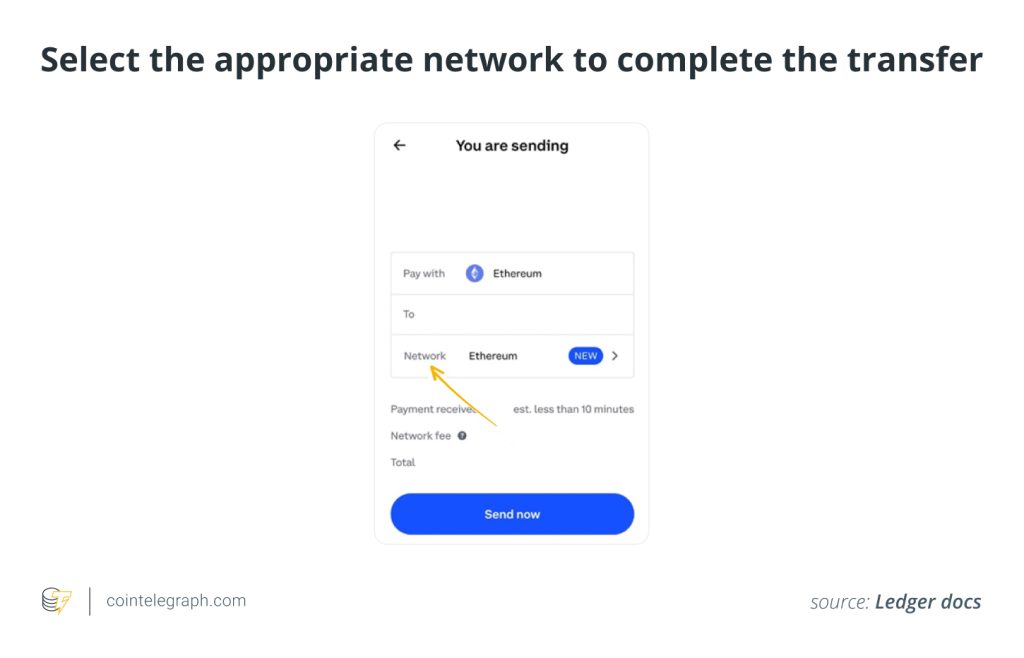
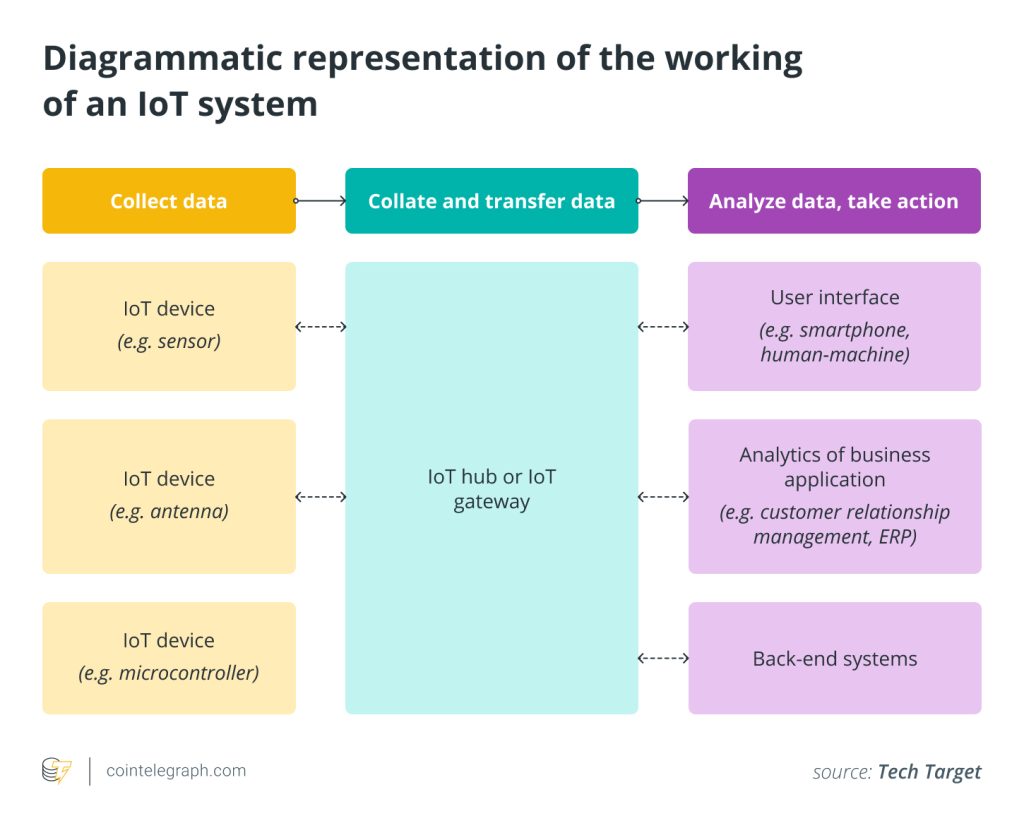
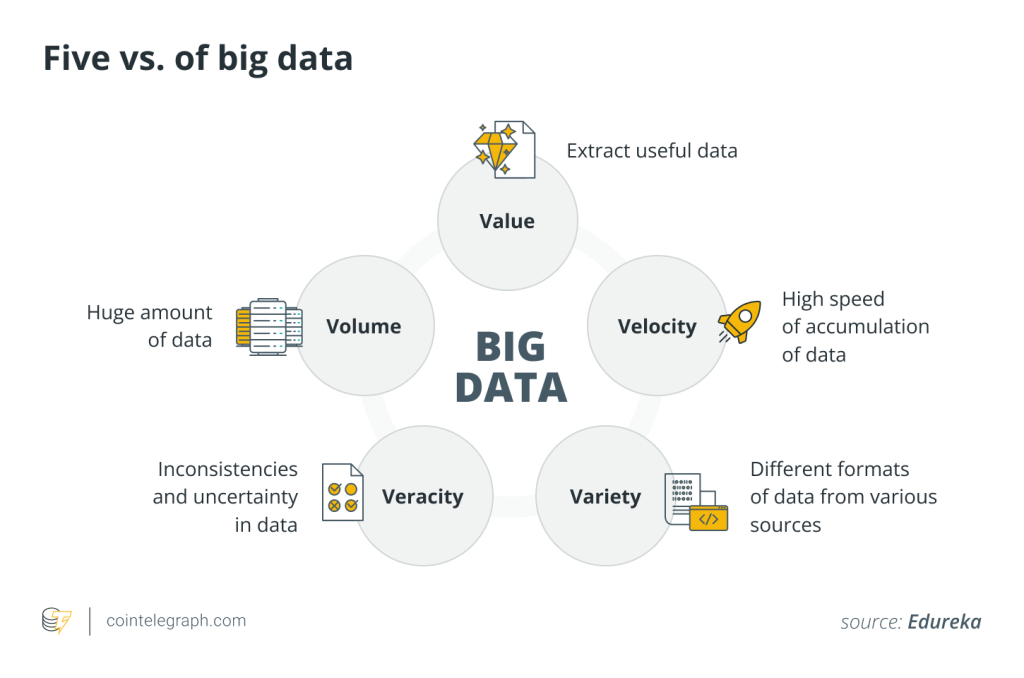
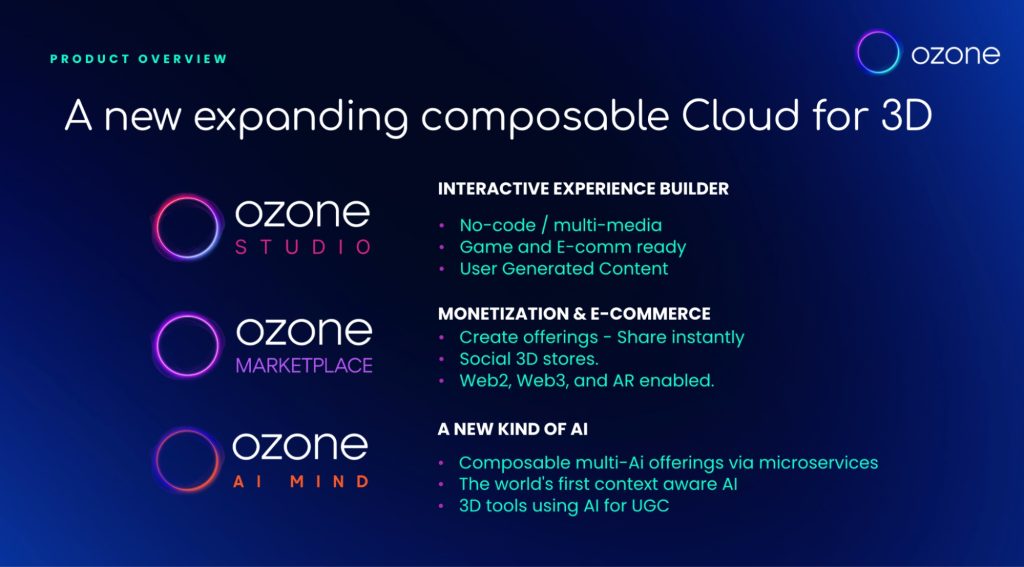
… [Trackback]
[…] Find More on to that Topic: x.superex.com/academys/beginner/2904/ […]
… [Trackback]
[…] Find More to that Topic: x.superex.com/academys/beginner/2904/ […]
… [Trackback]
[…] Find More to that Topic: x.superex.com/academys/beginner/2904/ […]
… [Trackback]
[…] Read More on that Topic: x.superex.com/academys/beginner/2904/ […]
… [Trackback]
[…] Here you will find 9349 more Information on that Topic: x.superex.com/academys/beginner/2904/ […]
… [Trackback]
[…] Info to that Topic: x.superex.com/academys/beginner/2904/ […]
… [Trackback]
[…] Read More on on that Topic: x.superex.com/academys/beginner/2904/ […]
… [Trackback]
[…] Find More on that Topic: x.superex.com/academys/beginner/2904/ […]
… [Trackback]
[…] Here you can find 40955 additional Info to that Topic: x.superex.com/academys/beginner/2904/ […]
… [Trackback]
[…] Find More to that Topic: x.superex.com/academys/beginner/2904/ […]
… [Trackback]
[…] Find More Info here to that Topic: x.superex.com/academys/beginner/2904/ […]
… [Trackback]
[…] Find More on that Topic: x.superex.com/academys/beginner/2904/ […]
… [Trackback]
[…] Here you will find 53286 more Information to that Topic: x.superex.com/academys/beginner/2904/ […]
… [Trackback]
[…] Find More on that Topic: x.superex.com/academys/beginner/2904/ […]
… [Trackback]
[…] Find More to that Topic: x.superex.com/academys/beginner/2904/ […]
… [Trackback]
[…] Find More Information here on that Topic: x.superex.com/academys/beginner/2904/ […]
… [Trackback]
[…] Read More on that Topic: x.superex.com/academys/beginner/2904/ […]
… [Trackback]
[…] Find More Information here to that Topic: x.superex.com/academys/beginner/2904/ […]
… [Trackback]
[…] Information on that Topic: x.superex.com/academys/beginner/2904/ […]
… [Trackback]
[…] Read More on on that Topic: x.superex.com/academys/beginner/2904/ […]
… [Trackback]
[…] Find More here to that Topic: x.superex.com/academys/beginner/2904/ […]
… [Trackback]
[…] Here you can find 41316 more Info to that Topic: x.superex.com/academys/beginner/2904/ […]
… [Trackback]
[…] Read More Information here on that Topic: x.superex.com/academys/beginner/2904/ […]
… [Trackback]
[…] Read More on that Topic: x.superex.com/academys/beginner/2904/ […]